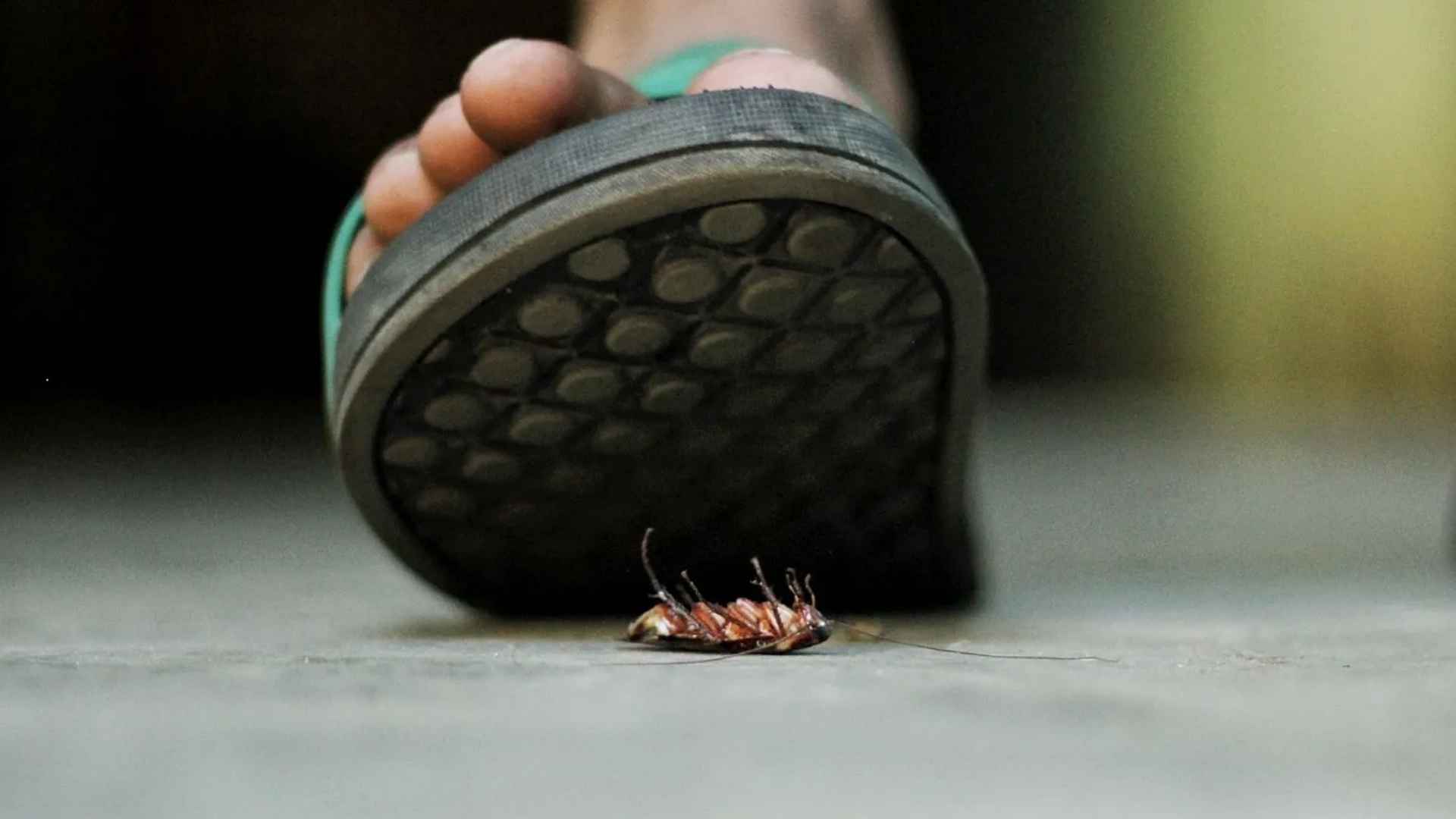Summer brings a surge of cockroach sightings—and a dangerous instinct to squash them. Public health officials stress that doing so can spread bacteria instead of solving the problem.
When a cockroach is flattened, its tough exoskeleton can rupture just enough to leak pathogens such as Salmonella and Staphylococcus onto nearby surfaces. Worse, many survive the blow and scurry off, still infectious and now injured.
Why stomping on a cockroach increases the risk of food‑borne illness in your kitchen or backyard
Ever wondered why the bug keeps running after your best newspaper swing? Cockroaches can withstand pressures 900 times their body weight and forces of up to 18 G, thanks to a remarkably flexible shell. That resilience means crushing rarely kills outright but often bursts internal fluids full of microbes. According to the World Health Organization, these “unhygienic scavengers” carry bacteria that cause diarrhea, cholera and even typhoid fever.
Common diseases linked to crushed cockroaches
- Salmonella → food poisoning, severe dehydration
- Staphylococcus aureus → skin infections, sepsis
- Streptococcus strains → strep throat, scarlet fever
Cockroach biology explains their near‑indestructibility and the need for safer pest control methods
Researchers classify roaches as hemimetabolous insects— they molt but never fully metamorphose—leaving them with a low, armor‑plated profile that slides through cracks as thin as a dime. Below is a snapshot of just how tough they are:
| Trait | Cockroach | Human comparison |
|---|---|---|
| Maximum g‑force survived | 18 G | ~4–5 G without loss of consciousness |
| Weight the body can bear | 900 × own weight | <5 × own weight |
| Days able to live without food | About 30 | 2–3 |
The takeaway? A sneaker isn’t enough.
Practical steps homeowners can take to eradicate cockroaches without spreading harmful pathogens indoors
So what should you do instead? First, deny access: seal gaps around pipes, repair screens and keep food in airtight containers. Second, deploy gel baits or professional fumigation; ingestible poisons eliminate entire colonies quietly and hygienically. Finally, sanitize. After treatment, wipe counters with a bleach solution to remove any lingering bacteria. Below, a quick checklist for a roach‑free home:
- Fix leaks—roaches need moisture.
- Vacuum crumbs nightly, especially under appliances.
- Store pet food in sealed bins.
- Schedule annual pest‑control inspections.
Crushing feels satisfying, but it’s an illusion of victory. By breaking old habits and choosing targeted control, households can stay ahead of one of summer’s most stubborn pests—without inviting a microscopic health hazard.

